9 Banned Dog Breeds to Avoid as Pets
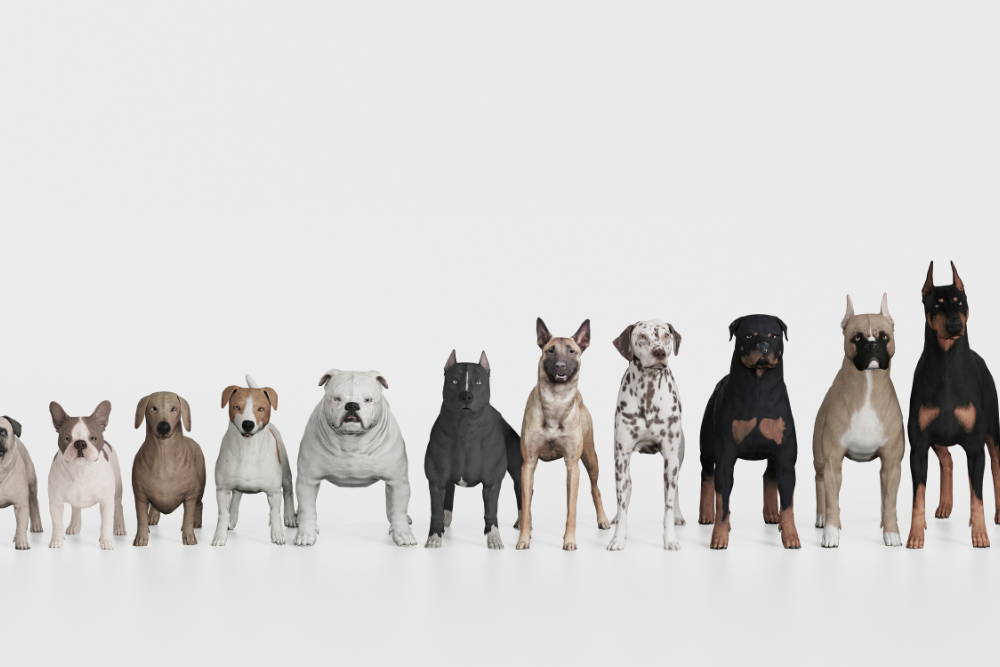
Owning a dog can bring immense joy and companionship, but it’s important to be aware of certain breeds that are banned or restricted in various regions due to safety concerns.
While many of these breeds are loyal and loving in the right hands, their strong physical traits and potential for aggression have led to regulations to protect both the public and the animals themselves.
Here’s a guide to 9 banned dog breeds you should avoid as pets, along with the reasons behind these restrictions.
Why Some Breeds Are in the Doghouse

Breed-specific legislation (BSL) is often implemented to reduce risks associated with certain breeds that have been historically bred for aggression or fighting.
These regulations are based on perceived risks rather than individual dog behavior, meaning responsible owners may still face restrictions regardless of their dog’s temperament.
Key Reasons for Bans:
- Public Safety: Protecting people from potentially dangerous situations.
- Historical Usage: Some breeds were bred for fighting or guarding, which influences perception.
- Mismanagement: Irresponsible ownership can lead to incidents, reinforcing stereotypes.
🐾 Beware: 9 Banned Dog Breeds You Should Know 🐾
1. Pit Bull Terrier
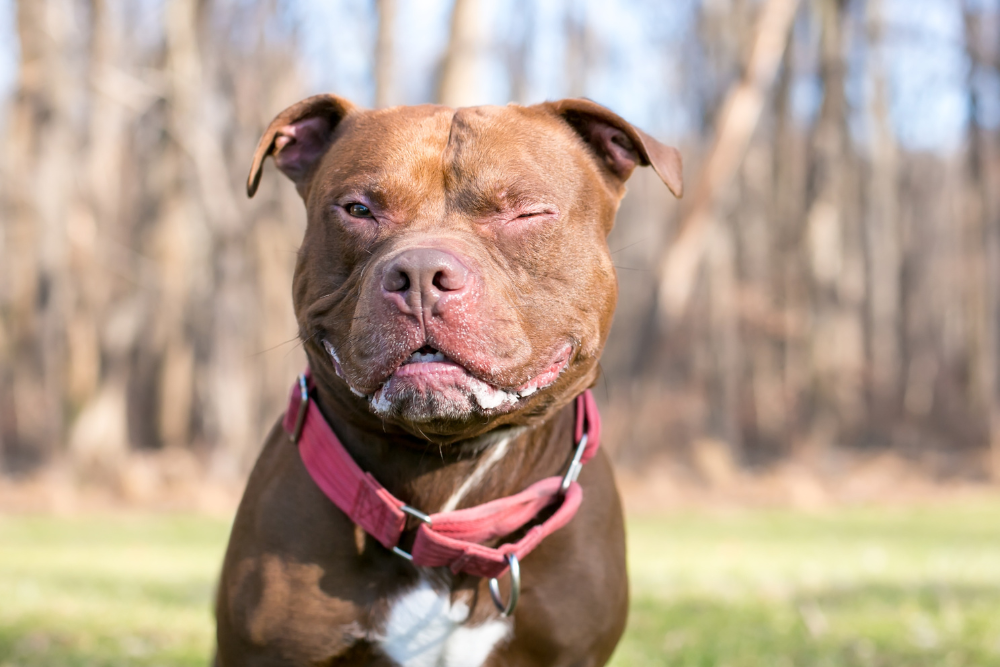
The Pit Bull Terrier is one of the most commonly banned breeds worldwide. Known for their strength and agility, they have a history of being bred for dog fighting, which has led to their controversial reputation.
Why They’re Banned:
- Strong bite force and physical power.
- Historical association with fighting.
- Incidents involving attacks have raised public concern.
Countries with Restrictions: UK, Canada (specific provinces), and parts of Australia.
2. Japanese Tosa
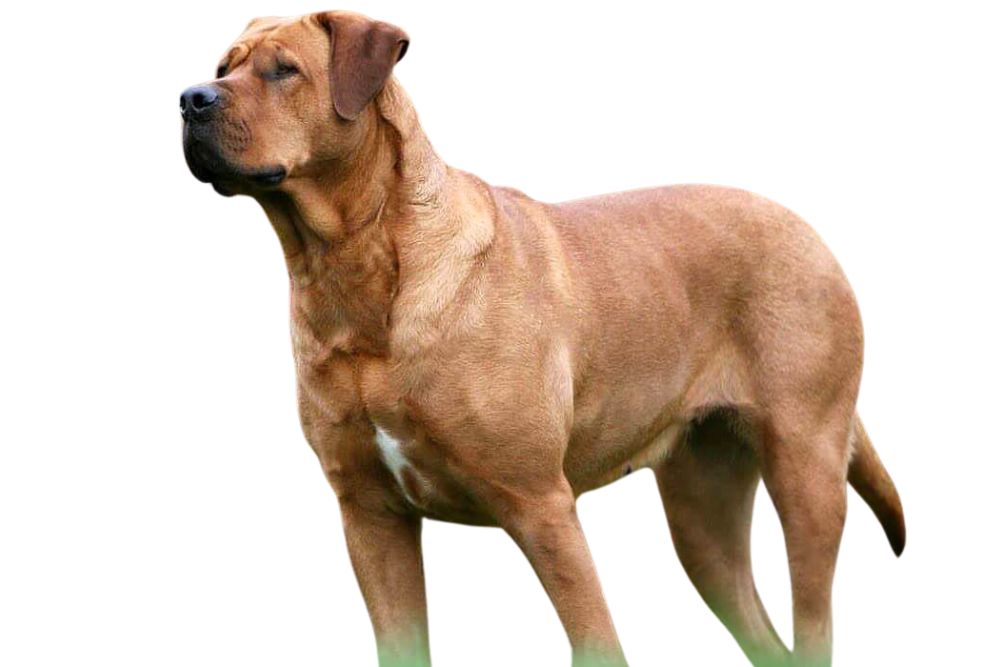
The Japanese Tosa is a rare breed originally developed for fighting in Japan. Their imposing size and strength make them highly regulated in many countries.
Why They’re Banned:
- Bred for combat, requiring experienced handling.
- Large and muscular build poses a physical risk.
Countries with Restrictions: UK, New Zealand, and Denmark.
3. Dogo Argentino
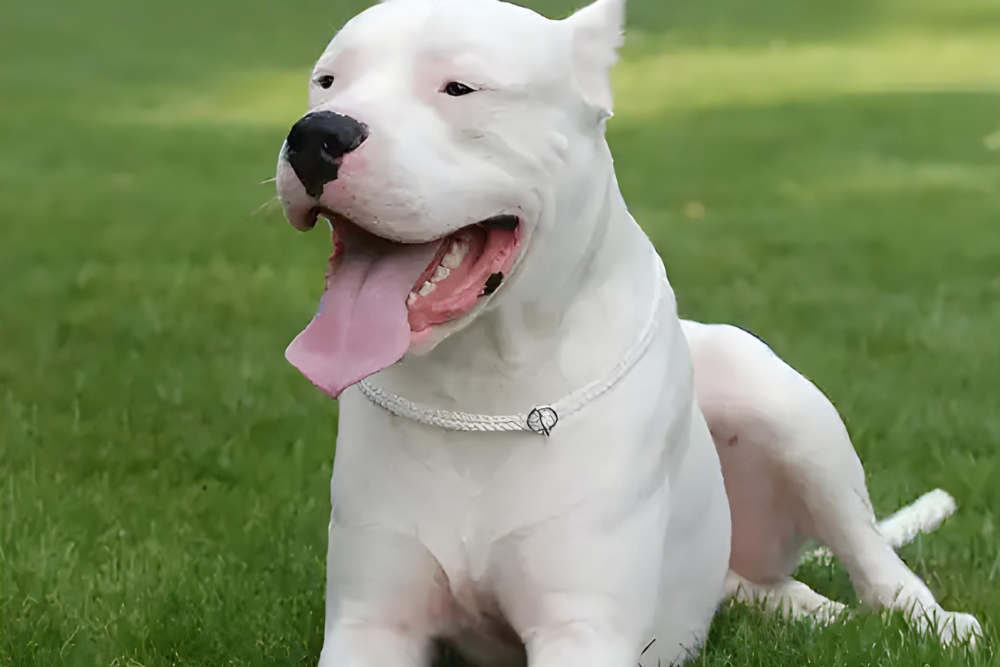
The Dogo Argentino is a hunting dog bred in Argentina for big game hunting. While loyal and protective, their high prey drive and strength make them subject to bans.
Why They’re Banned:
- Often seen as a threat due to their hunting instincts.
- Known for aggressive tendencies if not properly trained.
Countries with Restrictions: UK, Australia, and parts of the United States.
4. Fila Brasileiro
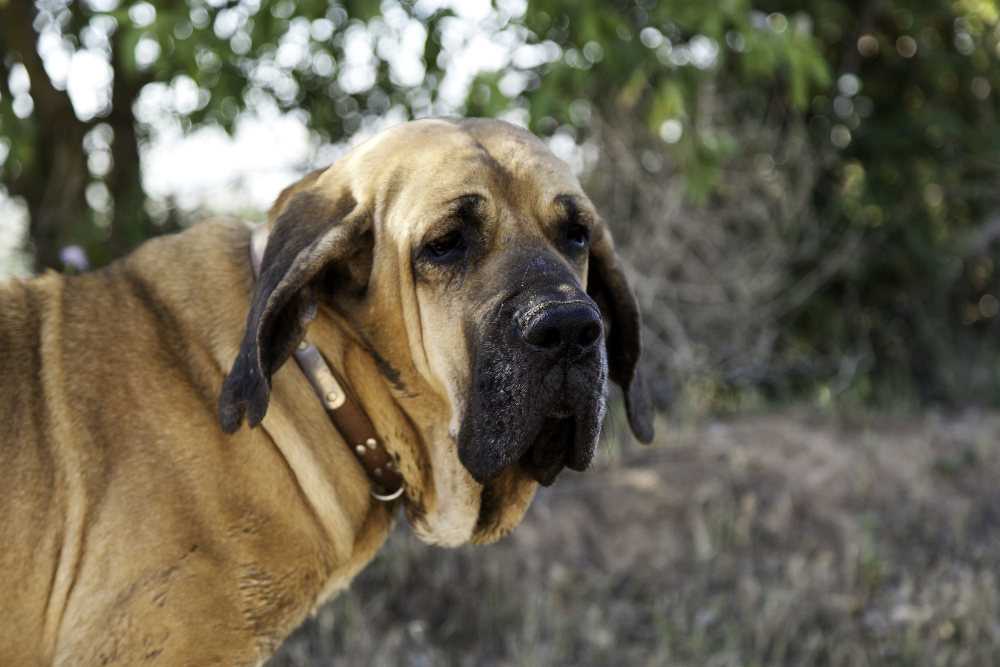
The Fila Brasileiro, or Brazilian Mastiff, is a large guardian breed known for its unwavering loyalty. However, their strong territorial instincts make them challenging to manage.
Why They’re Banned:
- Intense guarding instincts can lead to aggression.
- Requires experienced owners for proper training and socialization.
Countries with Restrictions: UK, Norway, and New Zealand.
5. Presa Canario

Originating in the Canary Islands, the Presa Canario is a powerful working breed. While they can be loyal companions, their strength and protective nature have led to bans in some areas.
Why They’re Banned:
- Originally bred for guarding livestock and fighting.
- High potential for aggression if improperly trained.
Countries with Restrictions: Australia, New Zealand, and parts of the United States.
6. Wolfdog Breeds (e.g., Czechoslovakian Wolfdog)

Wolfdog hybrids, including the Czechoslovakian Wolfdog, are mixes of domestic dogs and wolves. While fascinating, their wild instincts can make them unpredictable.
Why They’re Banned:
- Unpredictable behavior due to their wild ancestry.
- Potentially dangerous around small animals and children.
Countries with Restrictions: Norway, UK, and some US states.
7. Boerboel

The Boerboel, also known as the South African Mastiff, is a powerful and protective breed originally used for guarding farms. Their size and strength make them a regulated breed in many regions.
Why They’re Banned:
- Highly territorial and protective.
- Requires strict training and socialization.
Countries with Restrictions: Denmark, Romania, and Singapore.
8. American Bulldog

While not banned everywhere, the American Bulldog is restricted in some areas due to its strong build and perceived potential for aggression.
Why They’re Banned:
- Physical power and guarding instincts.
- Mismanagement by irresponsible owners has led to incidents.
Countries with Restrictions: Specific regions in the UK and Australia.
9. Cane Corso

The Cane Corso is a large Italian mastiff known for its loyalty and guarding abilities. Despite their calm demeanor with proper training, their sheer size and strength have led to restrictions in some areas.
Why They’re Banned:
- Protective nature can lead to aggression without proper handling.
- Often misunderstood due to their intimidating appearance.
Countries with Restrictions: Germany, Canada (specific provinces), and some US states.
[the_ad id=”1850″]
Paws and Responsibility: Why Ownership Matters
Tip: Research the specific needs of any breed before bringing them home to avoid surprises.
While these breeds face bans or restrictions, it’s important to remember that behavior often depends on training, socialization, and responsible ownership. Many of these dogs thrive in the right hands but require experienced and dedicated owners.
🐾 Early Training Matters: Start training and socializing early to minimize behavioral issues.
🐾 Understand Breed Needs: Each breed has unique physical and mental requirements that must be met.
🐾 Advocate for Breed Education: Encourage discussions that focus on responsible ownership rather than breed stereotypes.
Think Before You Bark: Choosing the Right Breed
Tip: Always check local laws and regulations to ensure the breed is allowed in your area.
If you’re considering a dog, research your local regulations and ensure the breed you choose aligns with your lifestyle and experience.
Look for breeds that suit your home environment, activity levels, and family dynamics to foster a happy and healthy relationship.
Wrapping It Up: A Tail-Wagging Decision
Understanding the reasons behind breed bans can help you make informed decisions when selecting a pet.
While these breeds may not be suitable for everyone, their history and traits are a reminder of the responsibility that comes with dog ownership.
Choose a breed that fits your lifestyle and experience, and always prioritize training, socialization, and proper care for a harmonious life with your furry friend.






